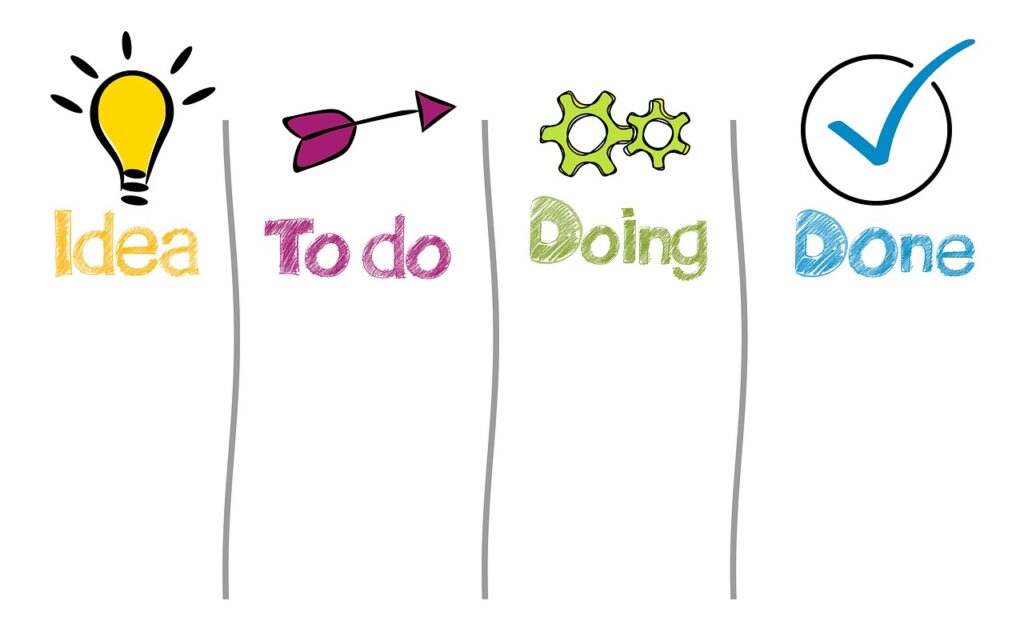Charting Your Success: A Layman’s Guide to Goal Setting for Professional Growth

Embarking on a journey of professional growth is much like planning a road trip. To reach your destination, you need a roadmap – a set of goals that guide your actions and keep you on the right path. In this article, we’ll explore the art of goal setting in simple terms, demystifying the process and empowering you to pave the way for your own success.
Understanding the Basics:
What Are Goals?
In the professional realm, goals are like milestones on your career journey. They are specific, measurable objectives that you set for yourself to achieve over a certain period. These objectives can range from acquiring new skills and securing promotions to enhancing your work-life balance.
Why Set Goals?
- Direction and Focus: Goals provide a clear direction. Imagine driving without a destination – you might end up somewhere, but it may not be where you want to be. Goals keep you focused on where you want to go.
- Motivation and Momentum: Having goals fuels your motivation. They give you a reason to strive, grow, and push through challenges. Each small achievement acts as fuel, propelling you forward.
- Measuring Progress: Goals are like checkpoints on your career map. They help you measure your progress, allowing you to celebrate victories and adjust your course if needed.
Setting Your Goals:
The SMART Approach:
To make your goals effective, follow the SMART criteria:
- Specific: Define your goals with clarity. Instead of a vague “get better at work,” try “complete an online course in project management to enhance my skills.”
- Measurable: Make your goals quantifiable. Instead of “improve communication,” go for “initiate and lead two team presentations per quarter.”
- Achievable: Ensure your goals are realistic. If you’re just starting to learn coding, a goal like “develop a basic website by the end of the year” is more achievable than aiming to become a coding expert.
- Relevant: Align your goals with your overall professional growth. If you’re in marketing, a goal like “learn social media advertising” is more relevant than, say, “master woodworking.”
- Time-bound: Set deadlines for your goals. Instead of “learn a new language,” opt for “spend 30 minutes every day learning Spanish on Duolingo for the next six months.”
Tailoring Goals to Your Career:
- Skill Development: Identify the skills crucial for your field and set goals to acquire or enhance them. For example, “complete a certification in digital marketing” or “improve proficiency in Excel.”
- Networking: Cultivate professional relationships by setting networking goals. “Attend one industry conference per year” or “connect with two new colleagues on LinkedIn each month.”
- Performance Metrics: If your role involves specific metrics, set goals tied to them. For instance, “increase sales by 10% in the next quarter” or “reduce project completion time by 15%.”
- Work-Life Balance: Consider personal well-being in your goals. “Take a 10-minute break every two hours to recharge” or “leave work on time at least three days a week.”
The Journey Begins:
Armed with your SMART goals, you’re now ready to embark on your professional growth journey. Remember, goals are not set in stone – they can evolve as you grow and your priorities shift. Embrace the process, celebrate victories, and stay adaptable. By setting clear, achievable goals, you’re not just planning your route; you’re taking control of the driver’s seat on your road to success. Happy goal setting!
 Navigating Workplace Challenges: Strategies for Dealing with an Obnoxious Coworker
Navigating Workplace Challenges: Strategies for Dealing with an Obnoxious Coworker  A Step-by-Step Guide to Creating a Personal Mission Statement
A Step-by-Step Guide to Creating a Personal Mission Statement  Unleashing Creativity: Techniques to Generate Innovative Ideas at Work
Unleashing Creativity: Techniques to Generate Innovative Ideas at Work  Mastering Team Dynamics: A Guide on How to Be a Team Player
Mastering Team Dynamics: A Guide on How to Be a Team Player  Future-Ready: Top Technical Skills for 2024 and Beyond
Future-Ready: Top Technical Skills for 2024 and Beyond  Navigating the Future: Key Job Market Predictions for the New Year and Tips for Success
Navigating the Future: Key Job Market Predictions for the New Year and Tips for Success